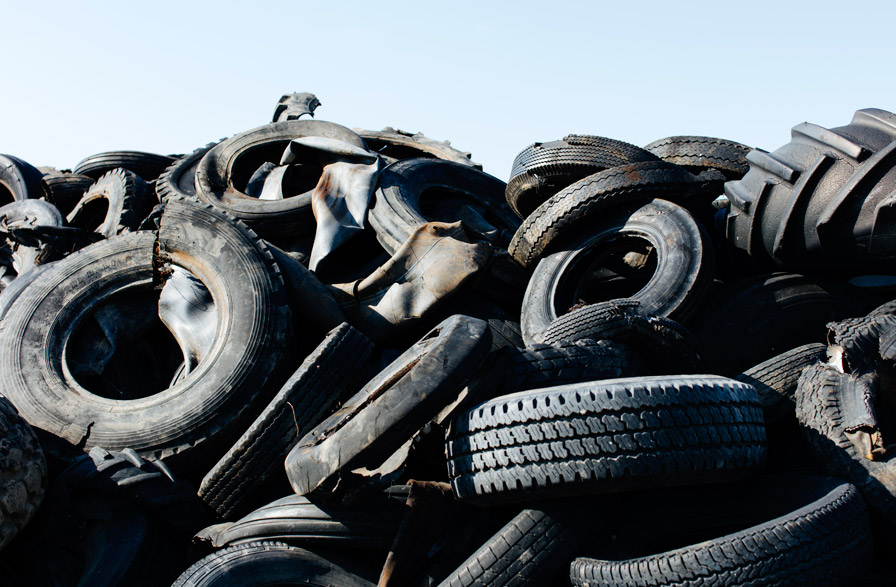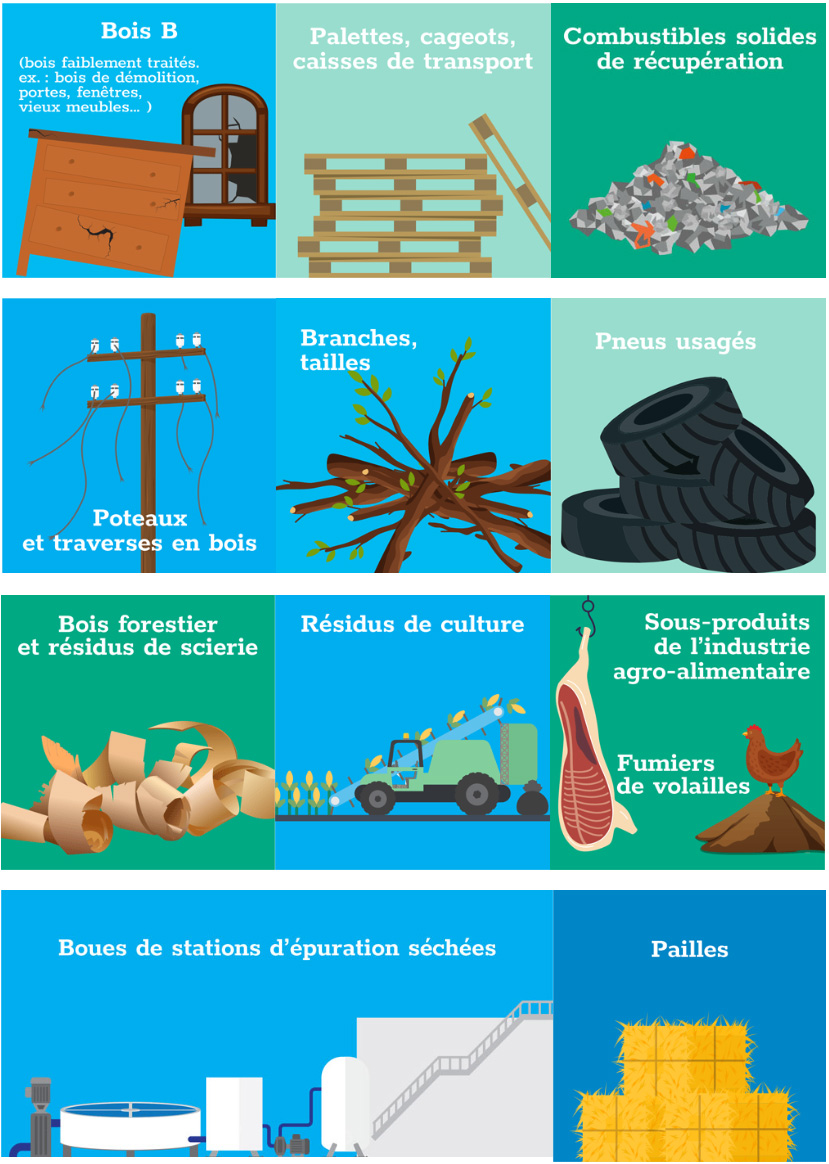What type of waste does pyrogasification recover?

Pyrogasification offers a virtuous alternative to landfill or incineration. It produces gas from poorly recovered solid waste materials. What are these?
A wide range of processed waste materials

To go further
